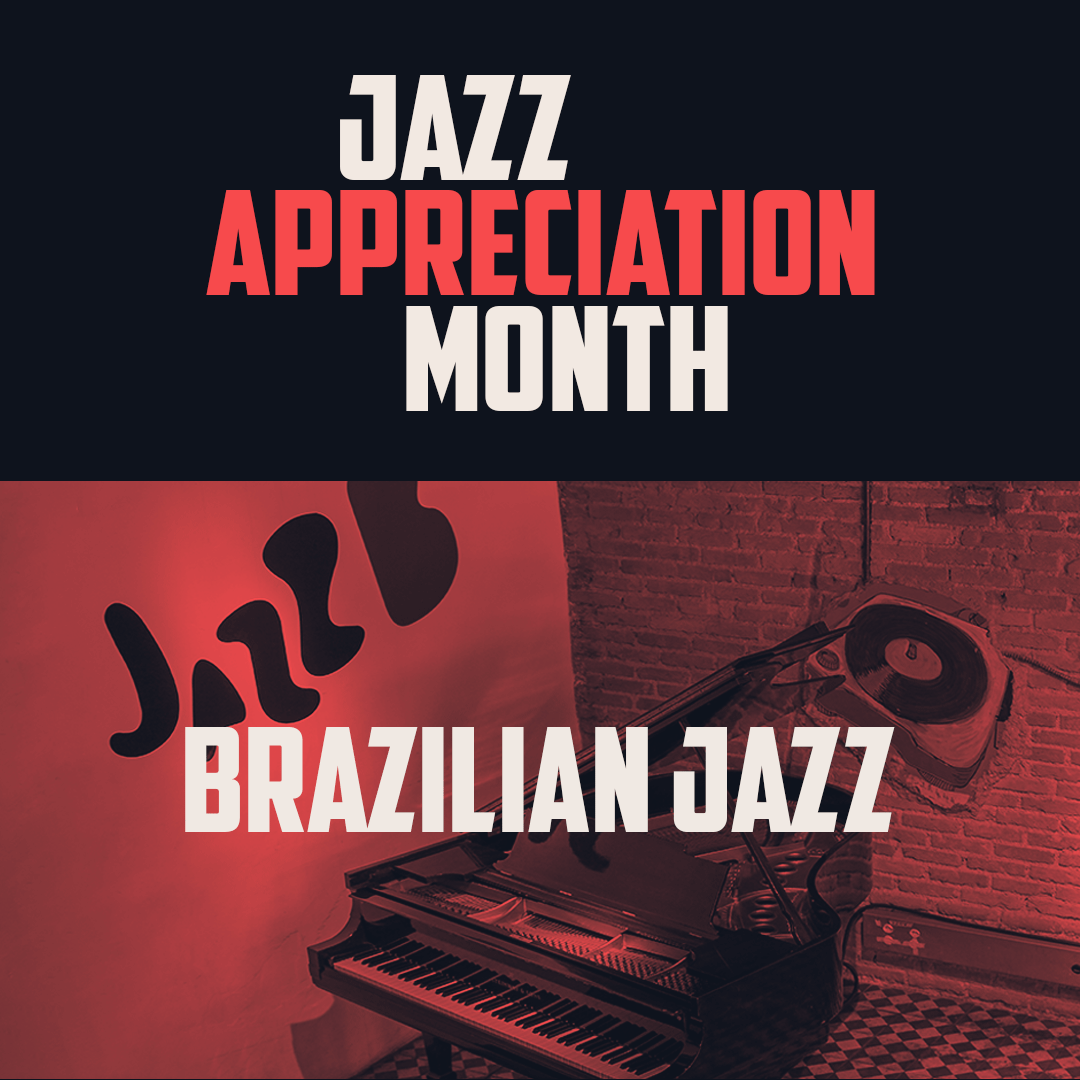Brazilian Jazz: Irresistible rhythm and melodic complexity
Photo: Bruno Thethe via Unsplash.
Brazil was a very early convert to jazz. As a matter of fact, “the first echoes of jazz were heard in Rio in 1917, a few months after the official birth of samba”, according to Professor in Contemporary History, Anaïs Fléchet.
It was in the 1920s when American musicians first started performing in Brazil. Little is known about the early history of jazz the country, states Fléchet, yet it is undeniable the impact jazz had on the Brazilian musical scene from the 1920s to the 1950s, and especially in the 60s, when Brazilian jazz truly began to take shape.
In 1961, during a tour in Brazil, jazz legend Duke Ellington fell in love with Brazilian local rhythms such as samba and bossa nova. He incorporated them into his music and helped introduce Brazilian jazz to the world. There is an unforgettable a Cote D’Azur performance where Ella Fitzgerald sings ‘Só Danço Samba’ with the Duke Ellington’s Orchestra.
‘Só Danço Samba’ is a bossa nova song composed in 1962 by Antônio Carlos Jobim, with lyrics by Vinicius de Moraes that according to Ruy Castro, author of ‘Bossa Nova: The Story of the Brazilian Music That Seduced the World’, was part of a movement to invent a bossa nova dance, and although that experiment failed, the fusion of samba, bossa nova, and jazz resulted in a sound that was entirely unique and captivating.
“What makes Brazilian jazz so special is its irresistible rhythm and melodic complexity”.
What makes Brazilian jazz so special is its irresistible rhythm and melodic complexity. The syncopated beats of samba and bossa nova are layered with jazz improvisation, creating a rich and dynamic sound. Also, Brazilian jazz also often incorporates the sounds of traditional instruments such as the pandeiro, berimbau, and cavaquinho. As Brazilian musician and social scientist Gabriel Improta state in Africa in Words: “The strength of the many styles practiced in Brazil (be it Jazz, Dub or Samba) derives precisely from this ability of hybridisation with diverse forms of music-making, without losing its congruence with the local context”.
The artwork featured on the cover of this iconic album is the work of Puerto Rican artist Olga Albizu · Image: Verve via Wikipedia.
“Sung by Astrid Gilberto, ‘The Girl from Ipanema’ reached No.5 in the US pop singles chart in the summer of 1964”.
Some of the most iconic Brazilian jazz artists include Antonio Carlos Jobim, João Gilberto, and Stan Getz. Their collaborations in the 1960s resulted in some of the most beloved jazz albums of all time, including "Getz/Gilberto", the record that popularized bossa nova worldwide and one of the best-selling jazz albums of all time (over one million copies) and "The Girl from Ipanema”, winner of a Grammy for Record of the Year in 1965.
'Garota de Ipanema' was written by Vinicius de Morais and the acclaimed songwriter Norman Gimbel was responsible for the English version of the iconic song that, according to Charles Waring on DiscoverMusic, “lit the touch-paper for the bossa nova explosion in the US and the rest of the world”. Sung by Astrud Gilberto in “a wispy but beguiling girlish voice”, this song reached No.5 in the US pop singles chart in the summer of 1964.
Photo: Bruno Thethe via Unsplash.
Today, Brazilian jazz is as vibrant as ever. Young musicians like pianists Andre Mehmari and Abelita Mateus, guitarist Yamandu Costa, are carrying on the tradition, while also pushing the boundaries of the genre. Brazilian jazz festivals and iconic clubs like JazzB in São Paulo continue to attract fans from all over the world. You probably have already experienced this lively scene filled with mixed rhythms and unique sounds with our two first performances in Brazil: Toninho Ferragutti's Quintet and Lupa Santiago 5teto live in JazzB… and if you haven’t, we invited you to sit back, press play and enjoy them on Oh! Jazz. You are in for a treat!




